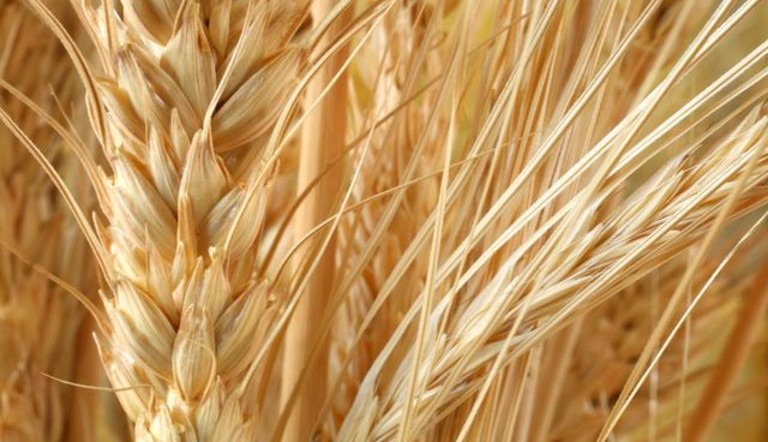
Tips for Controlling Dandelions in Your Field

The trouble is in the taproot
The name “dandelion” is thought to be based on a thirteenth century Welsh phrase “Danty Lew,” meaning “tooth of the lion.” It could have been inspired by the shape of the immature seeds, the jagged shape of the leaves, the appearance of its yellow petals or maybe even the strong, white taproot, which can grow up to 2 meters in length and 3 cm in diameter1.
The latter explanation may be the most likely, as their tap roots are notoriously deep and difficult to remove — maybe even as difficult as pulling out a lion’s tooth!1
Regardless, experts don’t recommend trying to manually remove dandelions through physical force. One small, leftover piece of root is all it takes for the dandelion to grow into an entirely new plant. What’s worse is that this regrowth can skew the root-to-shoot ratio, meaning the new dandelion will be even harder to remove than the first.1
While the tap root is how dandelions survive and thrive, it’s also how growers can regain control. Like all other perennials, dandelions survive harsh winters by moving their nutrients down to their tap roots in the fall. This makes post-harvest herbicide applications particularly effective2.
When it comes to dandelions, timing is everything
Unlike other weeds, dandelions begin germinating in late June and early July. That means any spraying done before seedlings germinate will only affect the already-established dandelions2. This is why pre-seed and in-crop herbicide applications can be inefficient. While it’s effective against already-established dandelions that have overwintered, the timing is simply too early to affect seedlings2.
Even pre-harvest applications aren’t your best bet. Although it makes sense from a timing perspective, dandelions are low-lying weeds, making it nearly impossible for enough herbicide to permeate the cover canopy of your crop2.
Dandelion’s kryptonite: post-harvest burn-off
Clearly, while most perennial weeds are best controlled in the early fall, dandelions are best treated much later. Post-harvest spraying ensures that herbicide will reach both perennials and new seedlings. And as temperatures cool, dandelions will push nutrients — along with any herbicides you’ve sprayed recently —down to their roots2.
Glyphosate is commonly used for post-harvest burn-offs, but we recommend multiple modes of action to increase efficacy. A tank-mix partner with 2,4-D or a florasulam product like PRIORITY will give you more effective weed control while reducing your risk of developing resistance. Before spraying, you’ll want to until you can see about six inches (~15 cm) of regrowth before spraying. The new leaf tissue accumulated will help increase herbicide uptake, which gives you better control in return5.
This amount of regrowth can take about four to six weeks, but you have to be careful not to wait too long. While dandelions can survive light frosts, any hard frost or drought will kill all except the root, decreasing chances of herbicide uptake6. If frost comes before your post-harvest burn-off, wait until you can evaluate the leaf tissue or new growth. Only spray if the plant is vibrant green, shiny and pliable. Otherwise, you run the risk of roots staying healthy enough to survive another winter5.
For more information on managing dandelions and other perennial weeds on your farm, read our whitepaper, Fighting Weeds in the Fall.
[1] Stewart-Wade, S.M. et al. “The Biology of Canadian Weeds.” University of Guelph. Online. Accessed 14 September 2017. http://www.uoguelph.ca/~plpathol/PDFs/Stewart-Wade%20et%20al%20(2002).pdf
[2] “Agriculture: Controlling Dandelion in the Fall.” Manitoba.gov. Online. Accessed 14 September 2017. https://www.gov.mb.ca/agriculture/crops/weeds/print,controlling-dandelion-in-the-fall.html
[3] Raine, Michael. “Weed of the Week: Dandelion.” Western Producer. Online. Accessed 14 September 2017. http://www.producer.com/2013/05/weed-of-the-week-dandelion-2/
[4] “Dandelion.” University of Wisconsin Weed Science Cooperative Extension. Online. Accessed 9 August 2016. http://fyi.uwex.edu/weedsci/2002/11/12/dandelion/
[5] “Weed Management.” Canola Council of Canada. Online. Accessed 14 September 2017. http://www.canolacouncil.org/canola-encyclopedia/weeds/weed-management/#fall
] “Winter Annual and Weed Control: FAQs.” Alberta Agriculture & Forestry. Online. Accessed 14 September 2017. http://www1.agric.gov.ab.ca/$department/deptdocs.nsf/all/faq7331